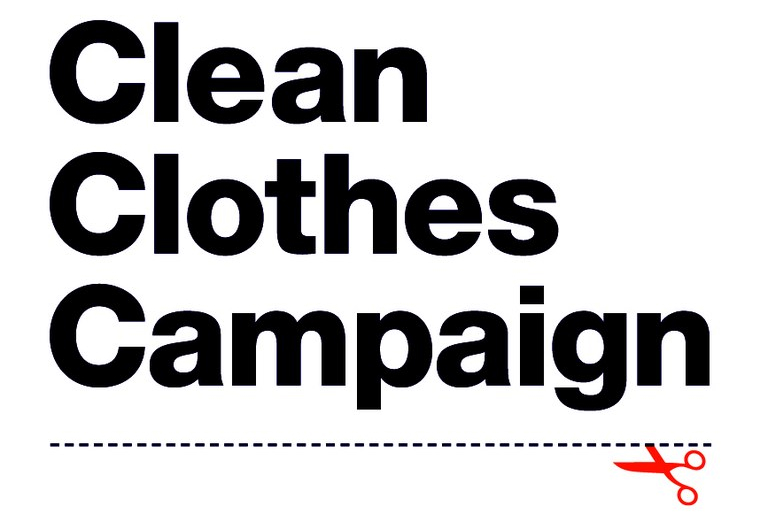Climate Change
Fast fashion and the business model at its heart is the wider cause of both the environmental and social crisis in the industry. Ever cheaper and faster production is driving a regulatory climate that causes environmental and social damage to accelerate. The cost of environmental and social responsibility is held in production countries, but rarely paid for through retail value.
The Problem:
Demand for clothing globally is continuing to increase quickly, particularly in growing consumer economies in Asia and Africa. By 2030 global apparel consumption is projected to rise by 63%, from today’s 62 million tons to 102 million tons, equivalent to more than 500 billion additional T-shirts. By 2050 this figure is likely to be even greater with total clothing sales predicted to reach 160 million tons – almost three times today’s amount.
Worldwide, clothing utilisation rates have dropped significantly. The average number of times a garment is worn before it ceases to be used has decreased by 36% compared to 15 years ago. A survey of 20 countries showed that consumers now wear less than 50% of items in their wardrobe. The average American in 2019 bought 68 new pieces of clothing. In 1980 this figure was 12. Half of these items are now worn 3 times or less. This is unsustainable.
According to the World Bank, the fashion industry currently accounts for 8% of global greenhouse gas emissions, and 20% of industrial water pollution. Greenhouse gas emissions from textiles production in 2015 totalled 1.2 billion tonnes of CO2, which adds up to more than the total of all international flights and maritime shipping combined.v If the industry continues on its current path, by 2050, it could use more than 26% of the carbon budget associated with a 2°C pathway. That is over a quarter of the world’s carbon budget taken up by the fashion industry alone. Something has to change.
Climate change is already impacting communities in climate vulnerable countries, and workers in low income areas of these countries are the first to suffer the consequences. In 2019/20, production hubs in Indonesia experienced severe flooding, seeing urban slum housing areas where factory workers live washed away, while workers in production hubs in India experienced severe drought. In Karnataka state - a major garment producing hub which includes Bengaluru, 80% of districts were hit by drought and crop failure in 2019. A government think tank report said that 21 Indian cities, including Bengaluru, are expected to run out of groundwater by 2020, and 40% of India’s population will have no access to drinking water by 2030. This will impact India’s garment workers significantly.
Climate change is also driving migration. Migrant workers are vulnerable to exploitation as they lack social support networks and immediate family structures which often provide child care and distribute risk, compounding the problems caused by poverty pay and forced overtime.
What we do:
Poor regulation of the globalised market has stifled the development of protections for workers and the environment. Value in global supply chains is poorly distributed, contributing to a structural inability to address social and environmental concerns in the industry. While the majority of retail value remains in developed nations, the bulk of environmental and social ‘costs’ are held by developing nations.
The relentless drive for cheaper production encourages countries with weak governance to compete for global business by degrading both labour rights and environmental standards. Cost cutting caused by competition in the global market leads to practices like illegal dumping of waste in rivers, or for workers, increasingly short term contracts to avoid paying seniority benefits and pushing forced overtime.
Lack of transparency is bad for the environment and for workers’ rights
The complexity of garment production and the lack of data about where clothes are made means environmental and social damage is often hidden. Consumers, workers, governments and even companies don’t know who makes our clothes and this allows for abuses of workers’ rights and natural resources to go unchecked. The fashion industry has marked its own homework for too long. Auditing, used systematically across the industry by companies to check if factories meet social and environmental standards, is severely lacking in validity.
We encourage consumers to demand that both social and environmental justice is delivered. Brands must address the need for industry change, looking to find solutions for social and environmental crises concurrently. You can’t have one without the other. Addressing the crisis will mean looking at the model behind fast fashion, and enlisting the expertise of workers and unions in designing the future industry we need. The tools that we need are enforceable agreements, and mandatory human rights due diligence. Industry self-assessment is not enough and has been proven to fail time and time again.
Governments must intervene to require mandatory human rights and environmental due diligence. They must ensure conditions are right for a strong civil society to develop –vital for improving both labour rights and environmental rights.
Civil society – unions, NGOs and worker groups - must be invited to help design any new moves towards a circular economy. A strong input on behalf of existing and future workers is vital to create a future industry that tackles both environmental and social challenges at the same time.
